I’m Mitch and I’m from New York City, and I’ve lived here for 40 years now.
And for years, and I think not unusual for someone of my generation, there was an enormous amount of internalized homophobia. A perfect example of that, and this is embarrassing in a way but I think it’s important to say, and I, thank God, I have come a little bit further past this, the first time I had sex with a man, I had just come out of the service and I was 22, 23, and was so horrified at what I had done, I thought I was the lowest thing on the planet and in the morning I couldn’t look at myself in the mirror to shave. So I called in sick and hid in the apartment for three days and I kept calling in sick because I couldn’t look at myself in the mirror. And I ended up quitting the job, which I hated anyway but in that day, I mean this was years before Stonewall and it just…thank God that is not true of me anymore. And what an unnecessary sadness to go through.
In the day, Nathan, and I don’t know if you realize this or not but when I–crikey, this was 1962, ’63, when I started therapy because I was gay, the American Medical Association treated it as a disease and still there were well-thought-of medical practitioners whose goal was to reverse homosexuality and treating it as a disease. That has long since been dropped from the AMA books as a disease. But that’s why I went to therapy so I could become straight. This woman I was seeing, and I saw her for a long time, and she quite frankly I think saved my life because there was a great deal of anxiety and stuff going on because I remember her telling me that very, very early on that I had made an unconscious decision to become homosexual. The focus of her therapy and ensuring analysis was to bring me back to that point of choice. Nobody chooses their sexuality. And I bought it hook, line and sinker. “Oh, okay. I’ll just get back there and I’ll choose differently, or not.” And of course that never came.
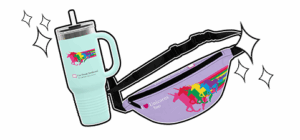

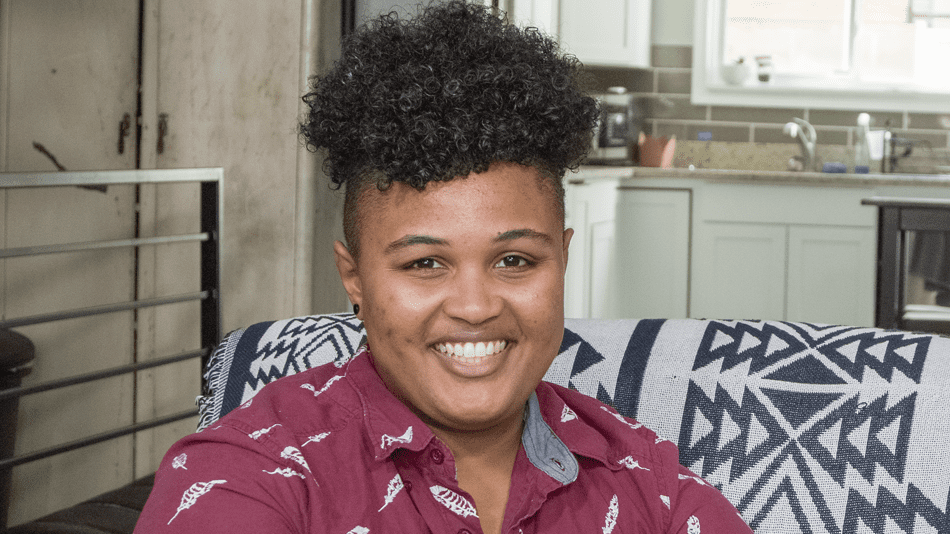

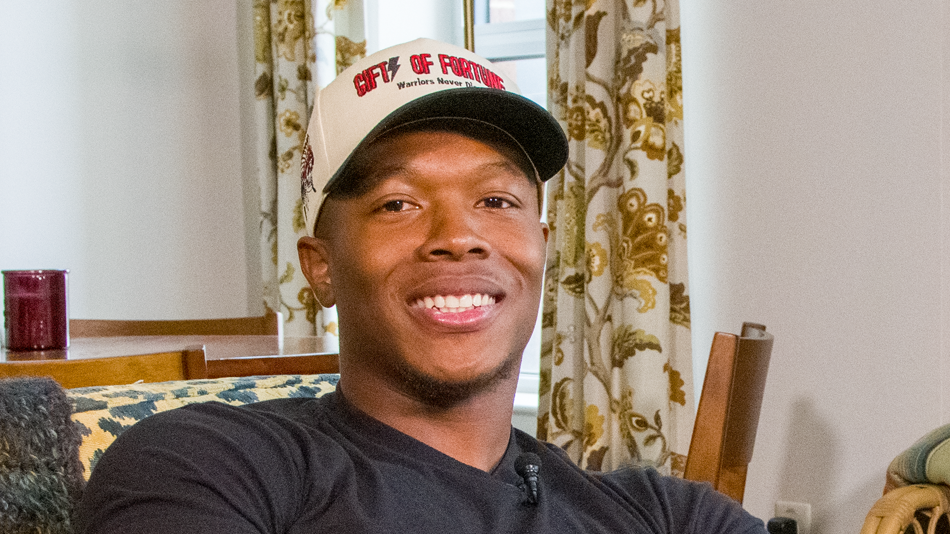
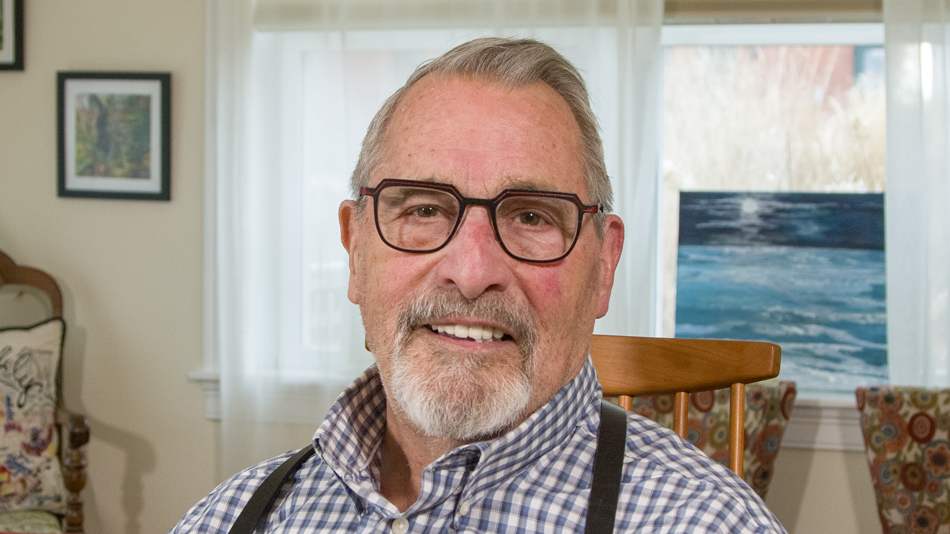
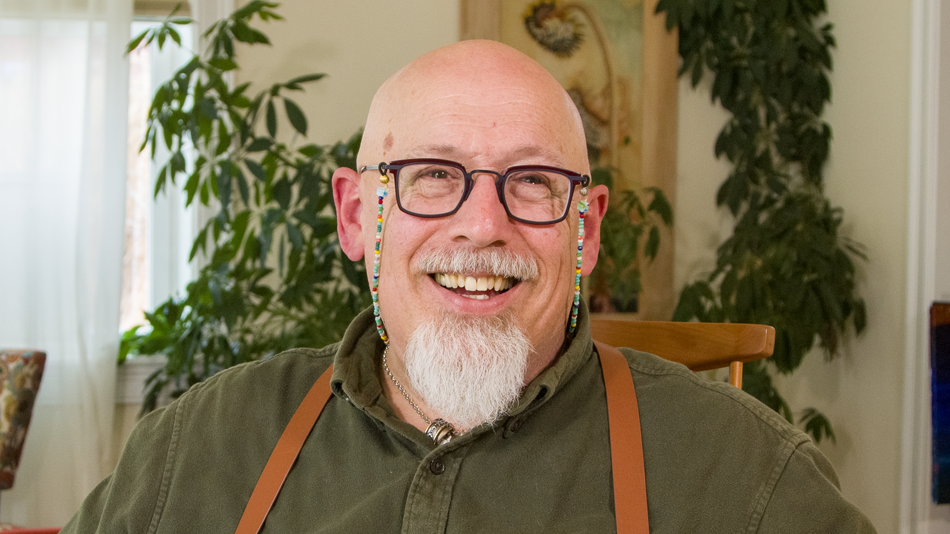
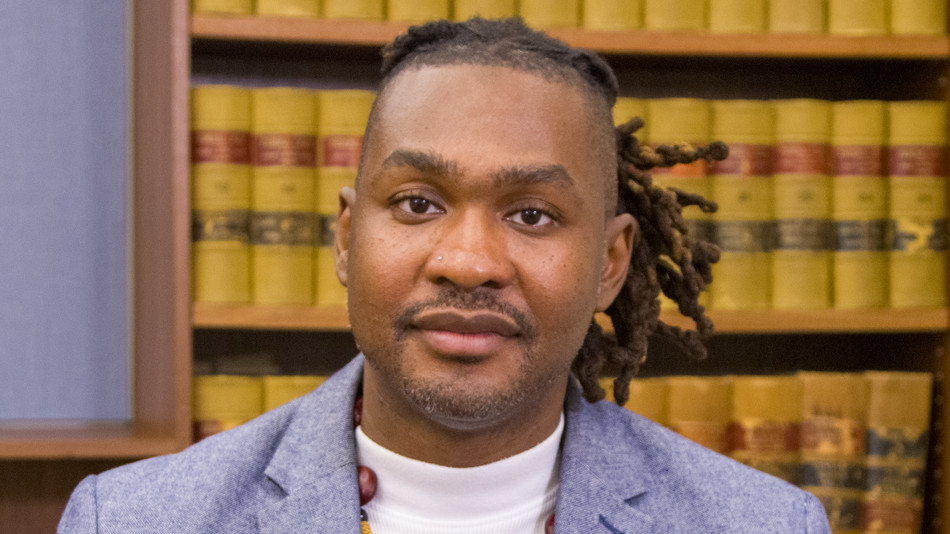
Share